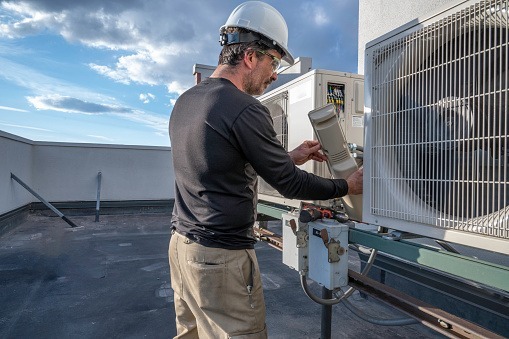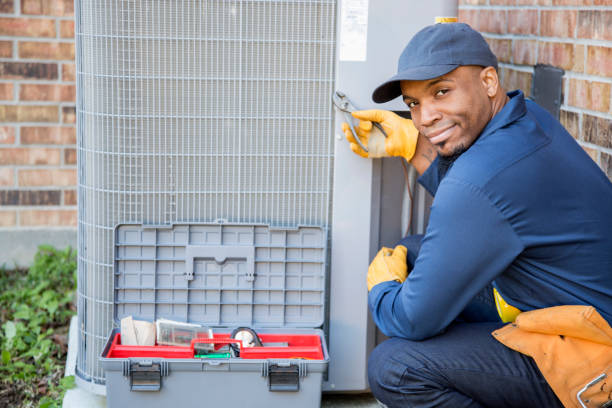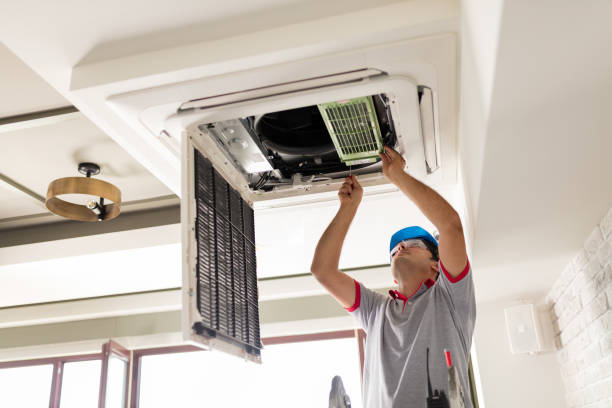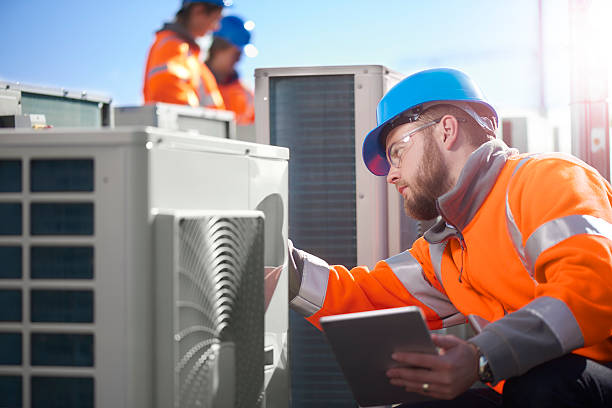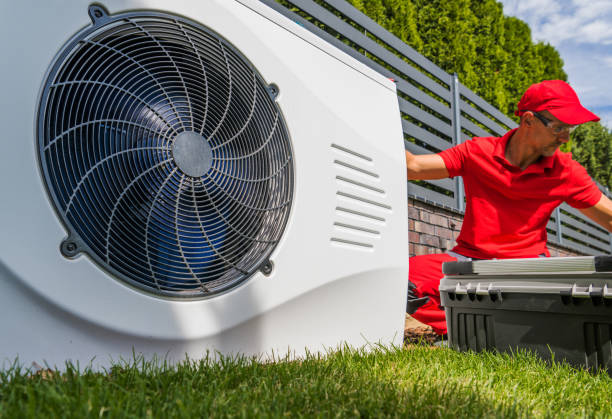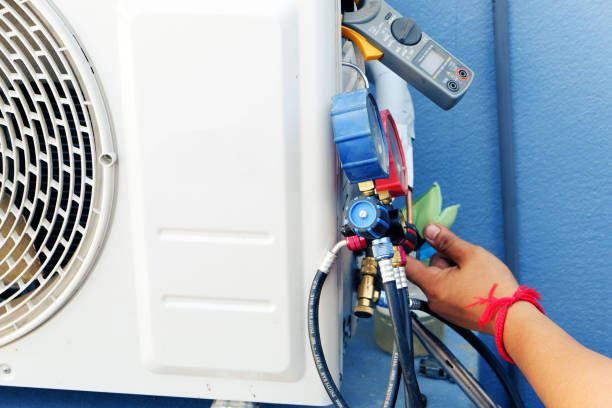What Factors Affect AC Installation Prices? Your Comprehensive Guide
Introduction:
When it comes to installing a new air conditioning system or replacing an old one, understanding the factors that affect AC installation prices is crucial. Whether you’re a homeowner looking to stay comfortable during scorching summers or a business owner seeking an efficient cooling solution, making an informed decision can save you both money and stress. In this article, we’ll delve into the key factors that influence AC installation costs and offer valuable insights to help you make the right choice for your needs and budget.
-
Type of Air Conditioning System:
The first factor that significantly impacts AC installation prices is the type of system you choose. Different systems, such as central air conditioning, ductless mini-splits, or window units, come with varying installation complexities and costs. Central systems, for instance, tend to be more expensive to install due to their comprehensive ductwork requirements and larger units, while ductless mini-splits are often more budget-friendly.
-
Size and Capacity:
The size and cooling capacity of your AC unit play a vital role in determining installation costs. An undersized or oversized system can lead to inefficient cooling and higher energy bills. Professional installers will perform load calculations to determine the right size for your space, ensuring optimal performance and cost-effectiveness.
-
Energy Efficiency:
Energy-efficient AC systems may have a higher upfront cost, but they can lead to significant savings over time. High-efficiency units not only reduce your energy bills but also often qualify for rebates and incentives. These factors can offset the initial investment, making them a cost-effective choice in the long run.
-
Ductwork Requirements:
If you opt for a central air conditioning system, the condition of your existing ductwork can impact installation costs. In some cases, ductwork may need to be repaired, replaced, or retrofitted to accommodate the new system. The extent of ductwork modifications will influence the overall installation price.
-
Installation Complexity:
The complexity of the installation process can vary based on the unique features of your home or building. For example, if your property has limited access points or unusual architectural features, the installation may be more challenging, leading to higher costs. Discuss potential complications with your installer to get an accurate estimate.
-
Geographic Location:
Your location can affect AC installation prices due to variations in labor and material costs. Urban areas tend to have higher prices compared to rural regions. Additionally, local climate conditions and building codes may influence the choice of AC system and installation methods, impacting costs accordingly.
-
Additional Features and Accessories:
Additional features such as smart thermostats, air purification systems, or zoning controls can enhance comfort and indoor air quality but also add to installation expenses. Consider these extras based on your needs and budget.
-
Labor Costs:
The experience and expertise of the installation team you choose will influence labor costs. It’s essential to hire qualified professionals who are well-versed in the specific requirements of your chosen AC system. While it may seem tempting to cut costs with inexperienced installers, it can lead to problems down the road.
- Get Multiple Quotes: To ensure you’re getting the best deal, obtain quotes from multiple HVAC contractors. This allows you to compare prices, services, and equipment options. Be wary of significantly lower quotes, as they may indicate subpar workmanship or the use of inferior equipment.
- Verify Licensing and Credentials: Always verify that the HVAC contractor you choose is licensed and insured. Check for relevant certifications and ask for references to gauge their reputation and reliability.
- Energy-Efficiency Rebates: Research available rebates and incentives in your area for energy-efficient AC systems. These can help offset installation costs and provide long-term savings.
- Long-Term Maintenance: Don’t forget to factor in the costs of routine maintenance and servicing for your new AC system. Regular maintenance can extend the life of your unit and maintain its efficiency, ultimately saving you money.
- Brand and Quality of Equipment: The brand and quality of the AC equipment you choose can significantly impact installation costs. Well-known brands with a reputation for reliability and energy efficiency may come at a higher initial cost, but they can provide better long-term value through performance and durability. Discuss equipment options with your installer to find the right balance between cost and quality.
- Warranty Coverage: Different AC units come with varying warranty coverage. A system with an extended warranty may have a higher upfront cost, but it can provide peace of mind by covering repair or replacement costs for a more extended period. Factor in warranty details when assessing the overall cost of your installation.
- Removal of Existing Equipment: If you’re replacing an old AC system, the removal of the existing equipment can add to installation costs. This includes dismantling and disposing of the old unit, which may involve additional labor and disposal fees.
- Permits and Regulations: Local building codes and permit requirements can affect AC installation costs. Some areas may have specific regulations that impact the installation process, such as zoning restrictions or safety measures that need to be implemented.
- Seasonal Timing: The time of year when you choose to install your AC system can also influence costs. Many homeowners and businesses opt for installations in the off-season or during milder weather when demand is lower, potentially resulting in cost savings. Conversely, installing during peak summer or winter periods may incur higher labor costs.
- Duct Sealing and Insulation: Ensuring that your ductwork is properly sealed and insulated is essential for maintaining energy efficiency. If your ducts require sealing or additional insulation, this can add to the installation cost. However, it’s a valuable investment that can lead to energy savings in the long run.
- Access and Location: The ease of access to the installation location and the placement of the AC unit can impact costs. If the installation area is hard to reach or requires additional structural modifications, it can result in higher labor and material expenses.
- Payment Terms and Financing: Some HVAC contractors may offer financing options or flexible payment terms. While this doesn’t directly affect the total cost of installation, it can make it more manageable by spreading out payments over time.
Conclusion:
Understanding the factors that affect AC installation prices is vital for making an informed decision that aligns with your budget and cooling needs. By considering the type of system, size, energy efficiency, ductwork, installation complexity, geographic location, additional features, and labor costs, you can navigate the process more confidently and effectively. Ultimately, investing in a high-quality AC installation can ensure your long-term comfort and energy savings. Make sure to obtain multiple quotes from reputable HVAC professionals to find the best value for your money.

